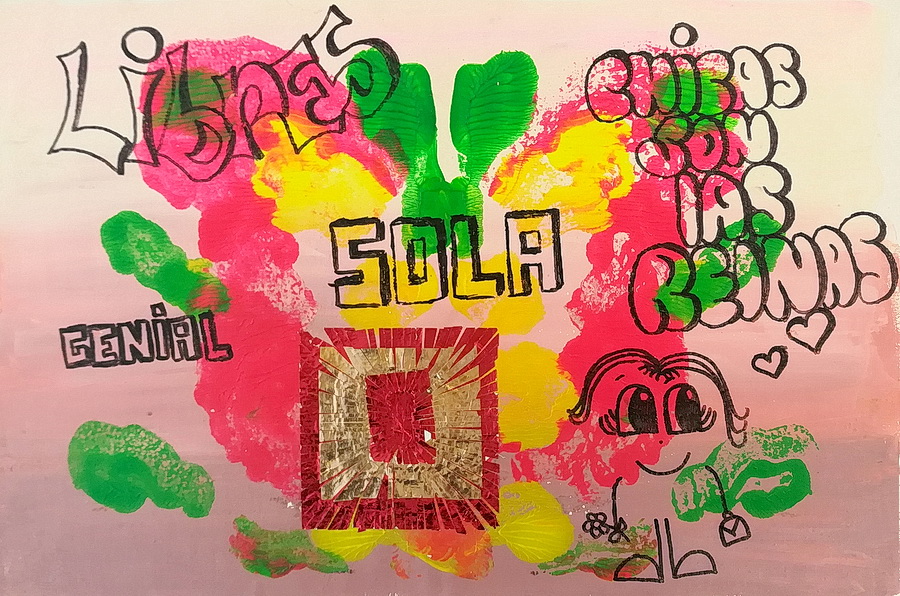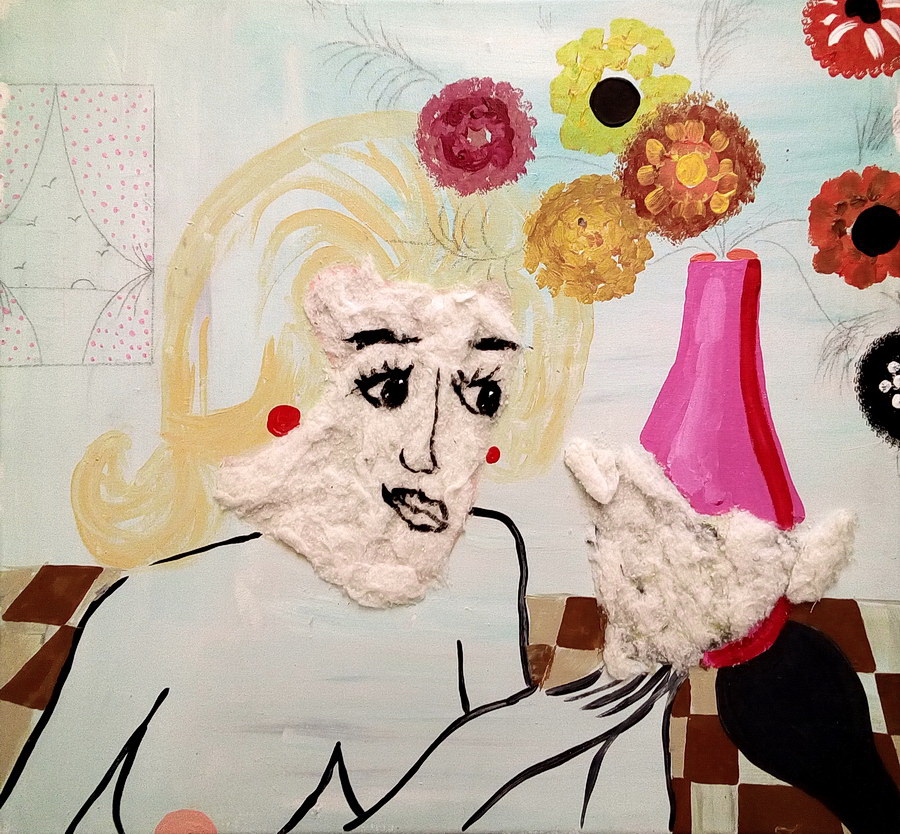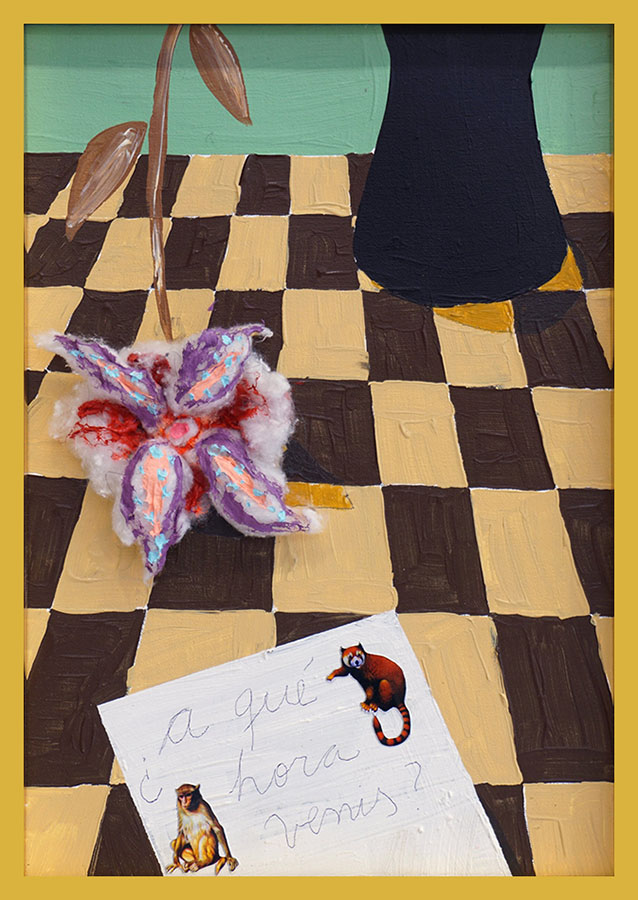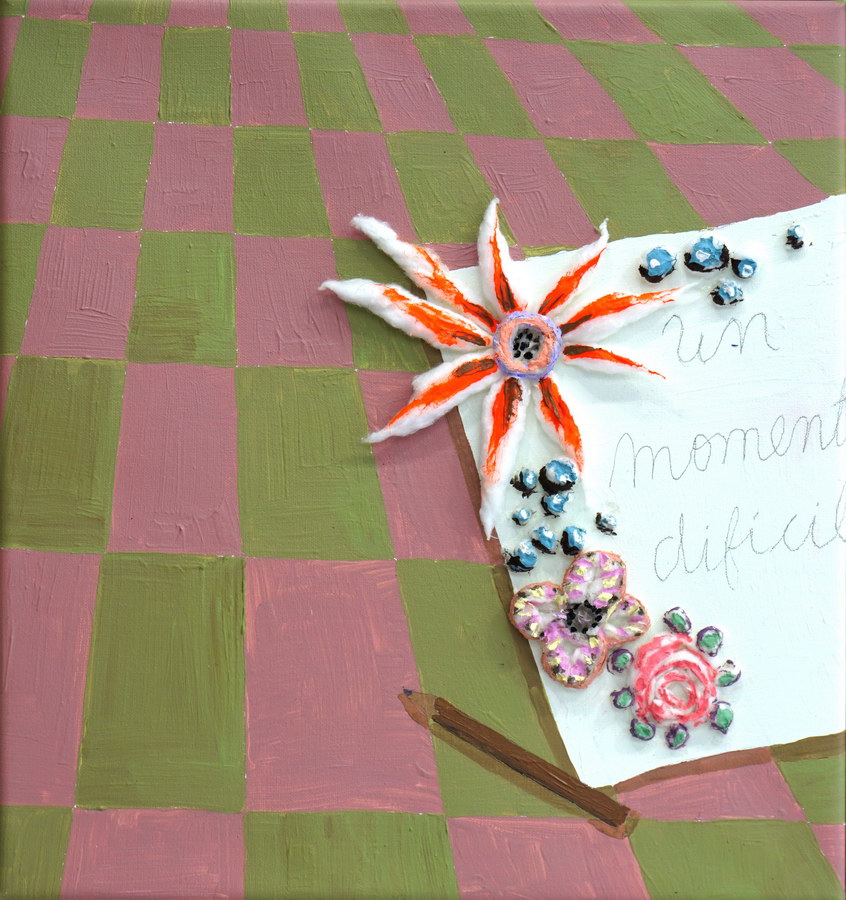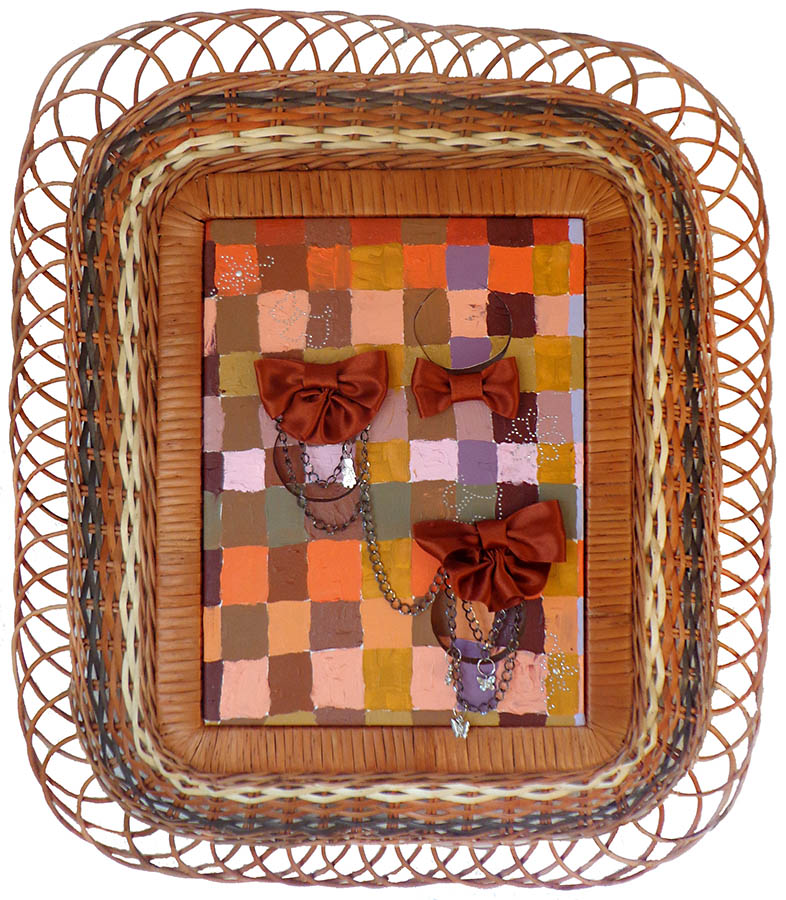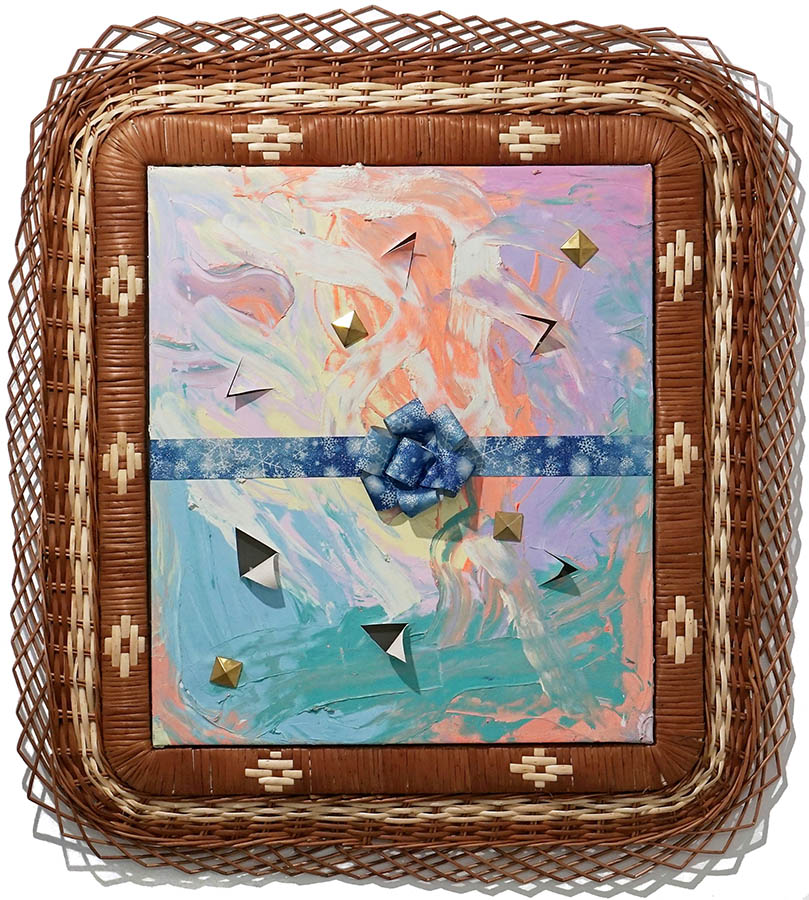FERNANDA LAGUNA
This third chapter of Orgullo y Prejuicio. Art in Argentina in the 90s and Beyond —a series of seven online exhibitions produced by the gallery and curated by art historian Francisco Lemus— is devoted to Fernanda Laguna (1972). She is considered one of Argentina’s most influential contemporary artists due to her unique vision and her multifaceted art practice which centers on visual art, but includes celebrated poetry and novels, creation of numerous alternative endeavours and cultural spaces and an effective social practice which she has carried on for over seventeen years in the marginalized neighborhood of La Lonja, Villa Fiorito, where her art workshops and projects have changed the lives of local children and women, leading to the creation of a center for feminist activism in the midst of an environment where gender violence is endemic.
Laguna had her first solo exhibition at Centro Cultural Rojas in 1994, followed by another one in 1995. Images from both shows are included in this chapter. In 2000 she co-founded Belleza y Felicidad (Beauty and Happiness) an artist-run art gallery and publishing project which was a watershed moment in the development of art in Argentina, establishing certain ethics and aesthetics which are still an active inspiration for younger artists today. In 2003 she opened a branch of Belleza y Felicidad in Barrio La Lonja, Villa Fiorito. Works from those years and more recent paintings are featured as well, in order to show a panoramic view of the development of her work throughout the years. We have included information on Belleza y Felicidad and a separate page on ByF Fiorito, additional layers rich in information can be accessed by clicking on images and documents.
The release of this chapter focused on Laguna coincides with her anthological exhibition at Institute for Contemporary Art at VCU, in Richmond, VA, curated by Dominic Willsdon and the publication of a book on her paintings from the 90s entitled Amor Total, los 90 y el camino del corazón (Total Love and the Way of the Heart), published by Editorial Ivan Rosado, Rosario, Argentina.
ORGULLO Y PREJUICIO
Art in Argentina in the 90 and beyond.Chapter I. Introduction.
Chapter II. Teen Conceptualism / Didactic Conceptualism
Chapter III. Fernanda Laguna






















